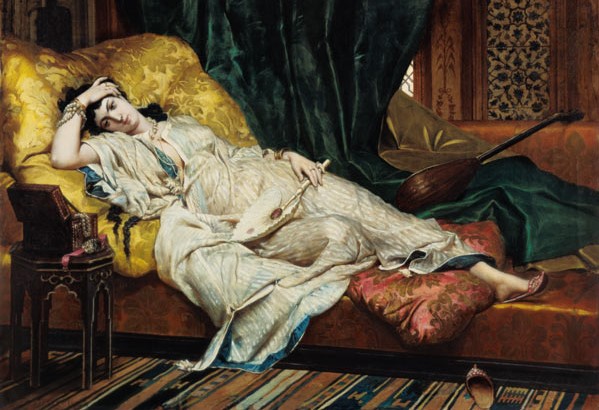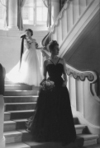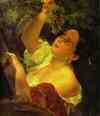Three Crisp and Bright Incense Perfumes
Frankincense, the subject of my recent article and video, is on my mind again. Today I would like to reply to a request for fresh and bright incense fragrances that can be worn during warm weather.
Frankincense is a chameleon of a note, and it can evoke different impressions depending on what other ingredients are used in a composition. In general, if you’re looking for a fresh incense blend, consider fragrances with green, leafy and citrus notes. If you’re after a dark, smoky incense, search for notes like benzoin, tonka bean, Peru balsam, amber and guaiacwood.
Fragrances mentioned in the video:
More on the subject of incense: why the supplies of frankincense are fragile and which brands source sustainably.
What unconventional fragrances do you prefer during summer? What are your favorite incense perfumes?

















Kitty go in Perfume To Brighten Up Your Spring Days: I just bought P de Nicolaï Une Fleur en Mai and it is precisely that…a version of LOV that ends warm w musk but opens zingy w citrus April 19, 2024 at 9:22am